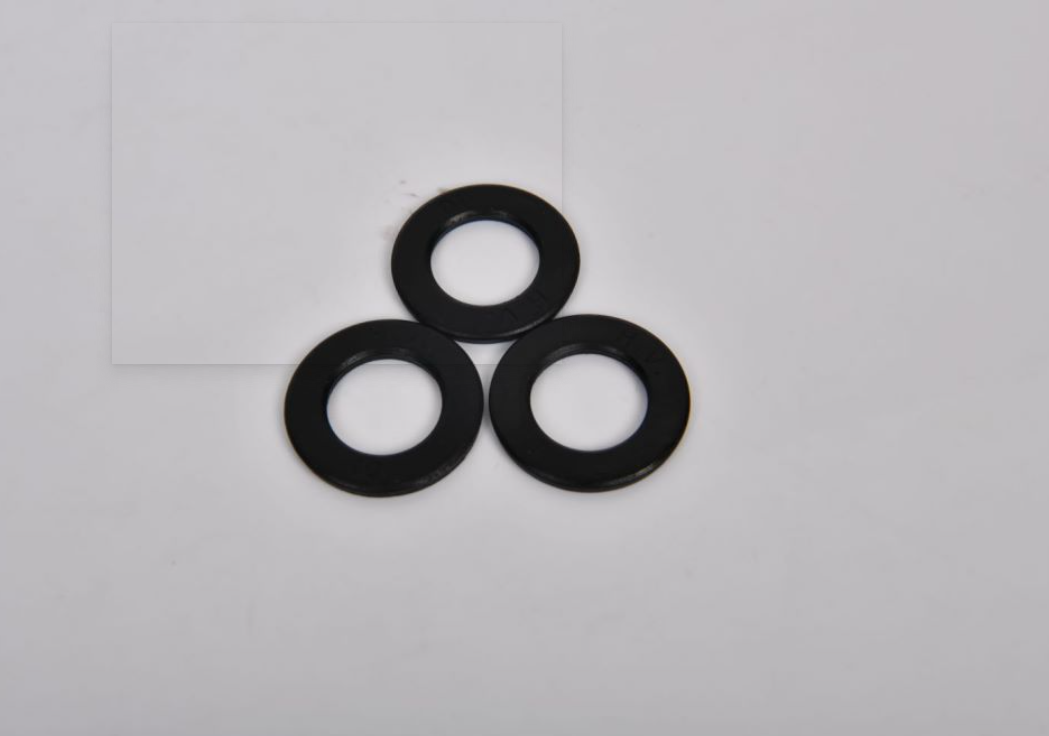purpose of a spring washer service
The Purpose of a Spring Washer Enhancing Performance and Longevity in Mechanical Applications
In the world of mechanical engineering, the seemingly small but significant component known as the spring washer often goes unnoticed. However, this simple device plays a crucial role in ensuring the efficiency and longevity of assemblies in various applications, from automotive machinery to household appliances. Understanding the purpose of a spring washer can illuminate its importance in maintaining operational integrity and preventing mechanical failure.
Understanding Spring Washers
A spring washer, typically crafted from metal, is designed to exert a force—much like a spring—when compressed. This allows it to create a reliable clamping force that secures bolted connections against loosening, which can occur due to vibrations and operational stress. Spring washers come in various designs, including conical, wave, and split, each possessing unique characteristics that make them suitable for different applications.
Preventing Loosening in Mechanical Joints
One of the primary purposes of a spring washer is to prevent the loosening of nuts and bolts. In environments where machinery experiences constant movement and vibration, such as in automotive engines or industrial machinery, fasteners are at risk of becoming loose over time. The spring-like properties of these washers provide a resilient force that maintains pressure on bolts and nuts, ensuring they remain securely fastened. This preventive measure is vital, as loose fasteners can lead to severe operational disruptions, reduced efficiency, and costly repairs.
Compensating for Material Stress
Another key function of spring washers is their ability to compensate for material deformation under load. When two surfaces are pressed together, as in a bolted joint, they can experience minor deformations due to pressure and environmental factors. Spring washers assist in accommodating these deformations, maintaining a consistent clamping force. Without such compensation, the integrity of the connection could be compromised, leading to joint failure.
purpose of a spring washer service

Enhancing Load Distribution
Spring washers also play a critical role in load distribution. When a bolt or nut is tightened, the force is concentrated at the point of contact. This can lead to uneven loading and potential damage to the materials being joined. Spring washers help distribute the load more evenly across the surface area, reducing the risk of stress concentrations and subsequent material fatigue. This is especially important in applications involving softer materials or intricate assemblies where precision is paramount.
Protecting Against Corrosion
In addition to their mechanical benefits, spring washers can provide a form of protection against corrosion. Certain designs, like wave washers, allow for a certain amount of movement and flexibility, reducing contact points that could lead to corrosion. Furthermore, the materials used to make spring washers can be selected based on corrosion resistance, providing a dual function of securing fittings while enhancing longevity in harsh environments.
Supporting Vibration Dampening
In environments characterized by high-frequency vibrations, spring washers can act as dampening devices. Their design allows for some give, which absorbs oscillations and reduces the transmission of vibrations throughout a mechanical system. This advantage not only helps maintain the integrity of fasteners but also contributes to the overall stability and performance of the machinery.
Conclusion
In summary, the purpose of a spring washer extends far beyond its modest appearance. It is an indispensable component in securing mechanical joints, compensating for material stress, enhancing load distribution, and protecting against corrosion. By fulfilling these roles, spring washers contribute significantly to the performance, safety, and longevity of various mechanical applications. As industries continue to prioritize efficiency and reliability, the importance of such small yet impactful components cannot be overstated. Understanding and utilizing spring washers effectively can lead to improved operational efficiency and reduced maintenance costs, ultimately benefiting both manufacturers and consumers alike.
-
Top Choices for Plasterboard FixingNewsDec.26,2024
-
The Versatility of Specialty WashersNewsDec.26,2024
-
Secure Your ProjectsNewsDec.26,2024
-
Essential Screws for Chipboard Flooring ProjectsNewsDec.26,2024
-
Choosing the Right Drywall ScrewsNewsDec.26,2024
-
Black Phosphate Screws for Superior PerformanceNewsDec.26,2024
-
The Versatile Choice of Nylon Flat Washers for Your NeedsNewsDec.18,2024










